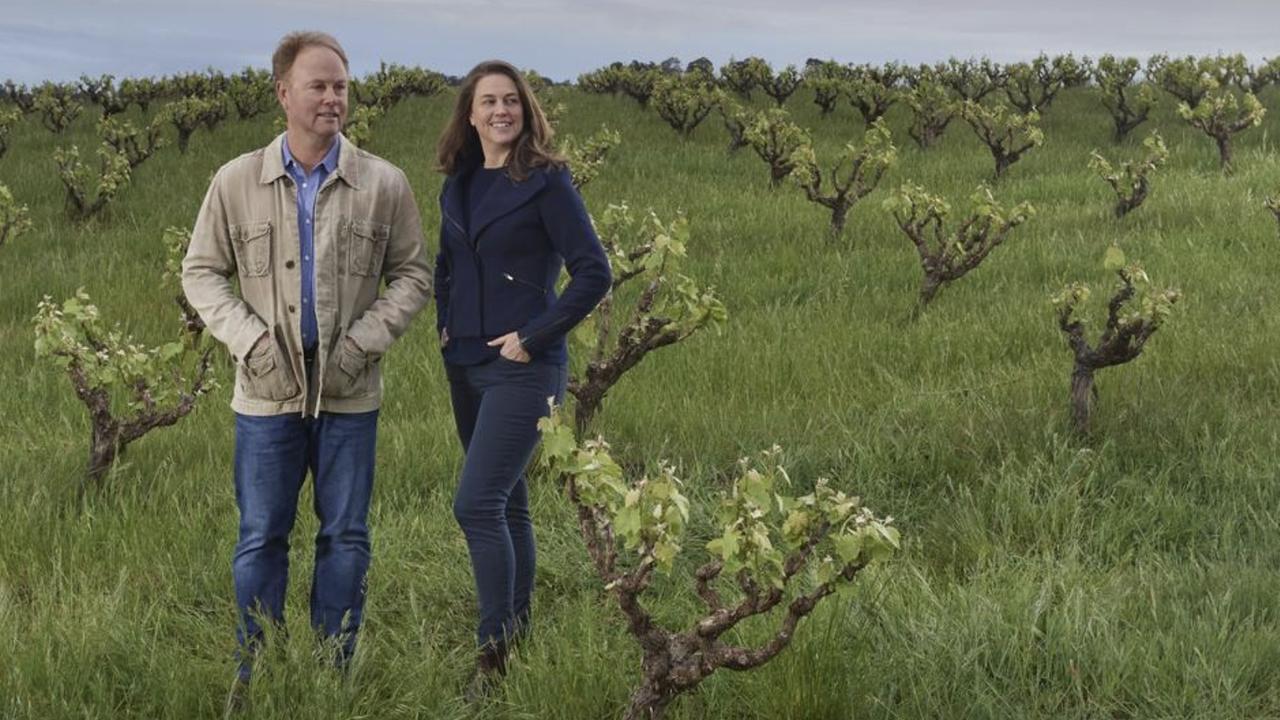Hay fever: the unusual suspects
Hay fever season is upon us. So which trees and plants are the main culprits? You may be surprised...
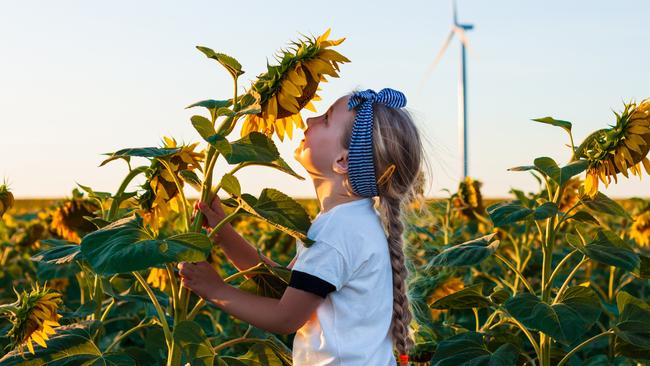
It’s an urban myth that wattle trees are responsible for hay fever. They just happen to flower spectacularly at the same time people start experiencing symptoms, which can be any time from early August. In fact, wattle pollen is large and heavy, rarely travelling far from the tree, so unless you’re standing next to one, look elsewhere for the cause.
Allergic rhinitis, aka hay fever, affects one in five Australians, and 80 per cent of asthma sufferers. The triggers include dust mites, moulds, air pollutants and animal hair and dander, as well as pollen.
Pollen is the male part of the reproductive process for plants, akin to sperm. It’s distributed in two main ways: one is by harnessing birds and insects to spread it, using conspicuous flowers and nectar rewards to attract them; the other is relying on the wind, which means broadcasting vast amounts of fine, light pollen in the hope that some might land where it’s wanted. A single ragweed plant can release a million grains of pollen every day. Windborne pollen can travel thousands of kilometres.
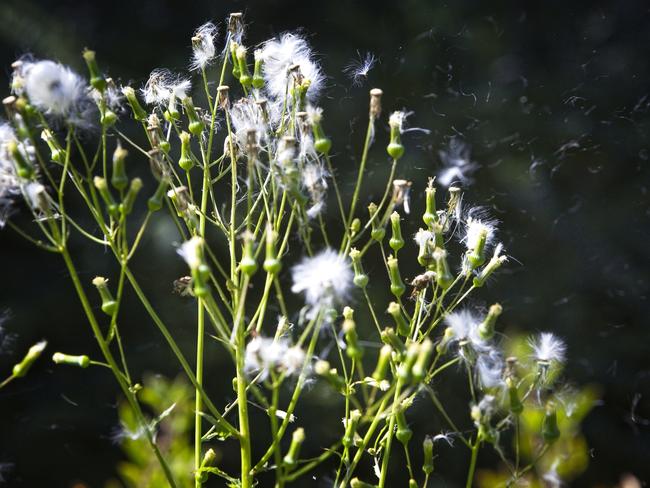
So the real hay fever culprits are plants that don’t have conspicuous flowers – mostly grasses, conifers, deciduous trees and weeds. Improved pasture grasses, especially perennial rye, are more allergenic than Australian native grasses. Conifers include things like cypress, deodar and juniper that have male cones releasing clouds of pollen, while deciduous trees include elms, oaks, liquidambars, poplars, birch, willows and native white cedar (Melia azedarach). It’s surprising how many weeds cause pollen allergies. Some of the worst are ragweed, plantain, parthenium weed and Paterson’s curse.
White cypress pine (Callitris columellaris) is the main offender among native trees, producing highly allergenic pollen; she-oaks are also on the list, although only the male trees produce pollen.
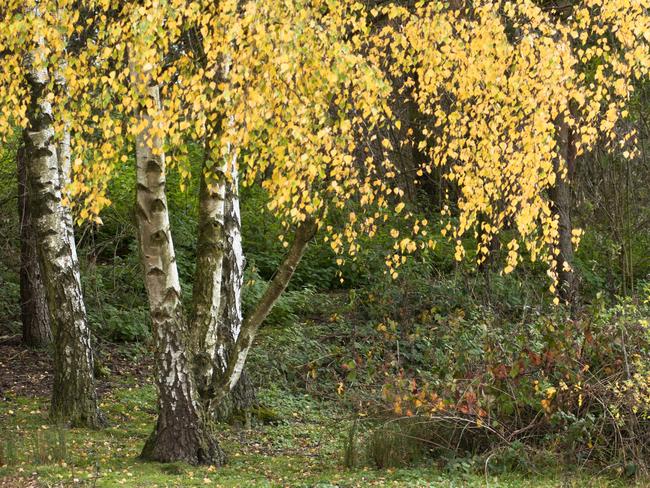
The safest choices for home gardeners wanting to avoid pollen allergies are plants with big, showy or colourful flowers. But the exception to this rule of thumb is the daisy family; daisies are not single flowers but clusters with a centre of tightly packed florets that produce windborne pollen. Examples are chrysanthemums, marigolds, cosmos, dahlias, gerberas, sunflowers and gazanias.
Allergy sufferers can minimise risk factors by gardening early in the morning or on cool, dull days. Wear a mask and goggles when mowing the lawn or working with compost, which contains mould spores.
Good to know
For further information go to asthma.org.au, allergy.org.au and pollenforecast.com.au
Useful smartphone apps include AirRater and AusPollen
Q&A
My four-year-old daphnes have been stunning – large, healthy and full of flowers. Now they’re yellowing, wilting and dying, one by one. Why? Jane Gillon, Lowden, WA
Daphnes have a deserved reputation for being touchy. When drainage is poor, perhaps with your recent heavy rains, they’re prone to root rots such as phytophthora. To ensure excellent drainage, plant on mounds or grow them in pots.
There are fat, white grubs in my potting mix. Should I chuck it out? Jenny Quist, by email
Curl grubs are the larvae of scarab beetles; they eat plant roots and are common in pots, lawns and garden beds. Eggs laid in the soil hatch into C-shaped fat grubs, then pupate to beetles. You can just pick them out and feed them to birds, or use Eco-neem as a soil drench.
My two large yuccas in pots have pale, yellowing leaves. They face east and are rarely watered. Do they need more sun or fertiliser? Stella Galatis, Adelaide
Yuccas can take sun or shade; they’re tough as nails but to thrive they need food and water. They probably need re-potting too, into larger pots. Use controlled release granules such as Osmocote Plus Organics in spring and autumn. Water at least weekly in summer.
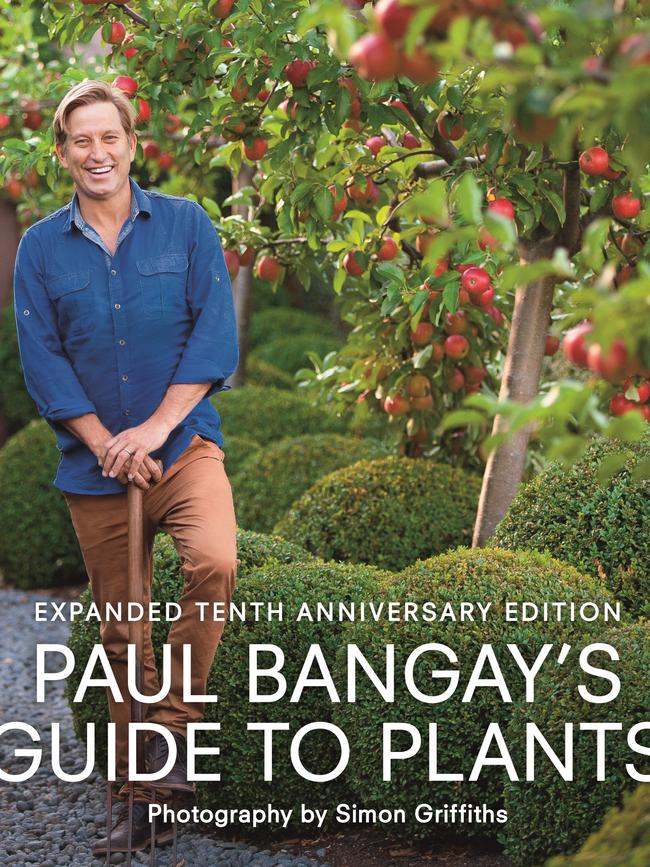
Send your questions to: helenyoungtwig@gmail.com or Helen Young, PO Box 3098, Willoughby North, NSW 2068. The best question for August wins Paul Bangay’s Guide to Plants (Lantern, $60) plus Stonefields by the Seasons ($60)



